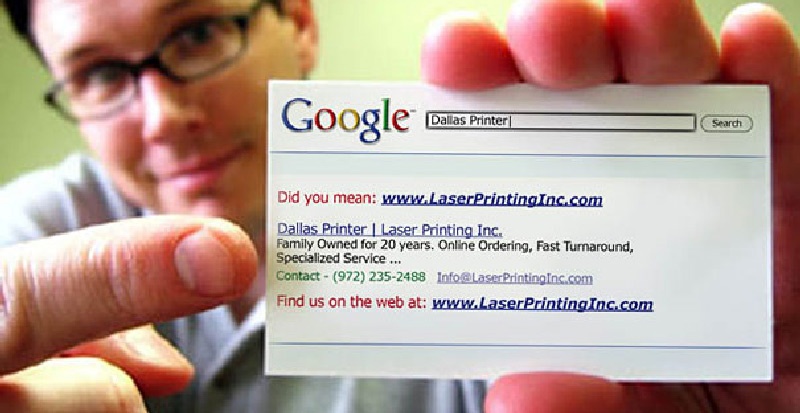Get clear on your vision, make your plan, take action, reassess and then revise. Never fails.
Goal setting is essential to living a life with purpose and meaning. Goals give our lives direction and focus, and help us stay motivated over the long term.
Nearly everything in life revolves around goals -- they encompass all of our plans for the future, all of our hopes, dreams and visions for what we want in life. And yet we often fail to reach our goals. That’s because we’re all human and can be easily distracted.
So what does it take to achieve a goal and see it become reality? Here are the 16 actions you can start taking today to ensure you achieve all the goals on your bucket list.
1. Consider your overarching goals.
Perhaps the most important question to ask yourself before you take on a new goal is: What do you want your life to look like, and does this goal fit in with that vision?
Goal setting should be part of your life’s journey -- it should be relevant and meaningful to you. Things to consider: How do you want to spend your waking hours? What excites you in life? What areas do you want to spend time learning more about? And what type of people do you want to hang out with?
2. Get it all down on paper.
Writing your goals down forces you to crystalize what exactly you hope to accomplish. This simple act has a way of making your goal stick in your mind and gets your brain working on the details of making it happen. One study found that you are 42 percent more likely to achieve your goals if you write them down.
3. Brainstorm what needs to happen.
You know what you want to accomplish; now you should begin strategizing what needs to happen to reach that vision. You’ll need to do some brainstorming to identify the main steps and tasks you need to accomplish along the way. Are there certain steps you need to prioritize? Are there any time-sensitive tasks that must be achieved in a certain order? Start determining what needs to happen when.
4. Come up with an action plan.
An action plan is the road map you can follow that will get you to your goal. This will help ensure you don’t miss any important steps. Think of this as creating mini-goals, breaking bigger objectives into smaller steps, until you have “bite-sized” chunks. By doing this, your goal will seem less daunting and more attainable. Be specific about what you want to achieve each step of the way.
5. Make it measurable.
Along with your action plan, you need to set benchmarks for yourself in order to ensure that each step you accomplish is steadily building up to your bigger vision. You’ll need to set milestones and make each mini-goal measurable, so you know if you’re getting off track.
This means setting deadlines that are reasonable, but also keep you moving forward. What is your target timeframe for completing the overall goal? Work backward from that and start setting target dates, which may be weeks, months or years from now.
6. Take action!
There is no time like the present. You’ve got to start somewhere, so dig deep, find your courage and go for it. Your goals will never happen if you don’t take action. It may seem scary to take that first leap. Maybe you’re still working on the details or are worried you’re not ready. Jump in, and you’ll start figuring it out as you go.
7. Consider your talents and expertise.
Think about what it’s going to take to accomplish each of the tasks that make up your larger goal. This includes taking a hard look at your strengths and weaknesses. Do you have the skills and expertise necessary to accomplish all the steps?
Are there areas you’ll need to strengthen, or should you consider seeking help with some tasks? What areas are you most passionate about and which steps are your talents and abilities best suited to accomplish?
8. Delegate less important tasks.
If you have a big, far-reaching goal or dream, you're probably going to need help getting there. It’s important to build a complementary team and surround yourself with supportive people to help you reach your goals.
Do you have helpers or employees you can hand off tasks to? What about hiring a freelancer? Focus as much as you can on the areas where your abilities are the strongest, and find ways to delegate or seek help in those areas you are weakest in.
9. Build a success mindset.
Success in reaching your goals is often determined by mindset. A positive mindset is a “success mindset,” meaning you’re confident in yourself but also able to learn from mistakes.
Developing a positive mindset is paramount to surviving the ups and downs you’ll encounter along the way. It’s easy to get fed up and feel discouraged. A positive mindset helps you find the silver linings in the storm clouds, and enables you to visualize your goal so you can “see” yourself achieving your dreams.
10. Hold yourself accountable.
This is the part where you adult up, defining your responsibilities and making it clear to yourself (and anyone else who is on this venture with you) what your responsibilities are for achieving this dream.
A great way to hold yourself accountable is to share your goals with others -- so if you aren’t making steady progress, you’ll have to fess up. The idea is to take ownership in what you’re doing and keep yourself motivated to continue.
11. Find your inner motivation.
Keep your motivation high by setting goals that are attainable and relevant to you and your life. Making sure your goals are meaningful, realistic and timely will help you stay encouraged and give you an incentive to press forward. The best goals are those that connect with your intrinsic motivation; in other words, they are things you feel internally compelled to pursue.
12. Harness your inner worker bee.
Achieving any goal will require you to hone good habits and follow through on your responsibilities. Success doesn’t happen overnight -- it’s about making it happen, day in and day out. Developing good habits and learning techniques for being productive will help you stick to your plan.
Healthy habits, like getting enough sleep, eating well and taking care of yourself, will give you the energy and stamina you need. Productivity habits, like learning to prioritize tasks, work efficiently and stay focused, will make it much easier to reach your goals.
13. Seek feedback.
Feedback is critical to improving your performance and increasing your ability to achieve your goals. You have one perspective, but those around you may have another. Ask for advice from those you respect and trust.
Seek out constructive criticism and listen to what others are saying -- the good and the bad. Feedback is the cheapest and most powerful way to gauge how other people perceive how you’re doing. It’s an important tool to assess how well you’re meeting the standards you set.
14. Evaluate how the plan is working.
As you begin moving forward with your goals, take time to track how things are going -- is the plan working? Are you able to meet the deadlines and milestones you’ve set for yourself? Periodically reevaluate your goals, look to see where you’re lagging behind and start making adjustments accordingly.
15. Reset your goals if necessary.
Remember that change is part of life, and that means you need to be flexible. You may require an alternative plan if things aren’t adding up the way they should. Don’t become so focused on your goals that you forget what your larger vision is. Is it time to make some sweeping changes and alter your course? If so, better to do it sooner rather than later.
16. Take a moment to reward yourself.
It’s important to celebrate your successes each step of the way. Remember, this is about the journey as much as it is about the end goal. If all you do is fret about the future, you’ll surely hit burnout before you hit success.
Give yourself a pat on the back for all those little wins -- they add up. And when you reach a major milestone, take time to acknowledge it. This reinforces that what you’re doing is exciting and important, and gives you a chance to recognize those who have helped you along the way. Plus, celebrating your accomplishments will help keep you motivated and focused so you can keep going.
Source: https://www.entrepreneur.com
Image Credit: Cecilie_Arcurs | Getty Images
ABOUT WNFP
Westchester Networking for Professionals (WNFP) is a business organization focused on providing our members and guests with an extraordinary networking experience, bringing business professionals together for the sole purpose of generating new relationships and developing new business opportunities.
Not a member, learn how you can
become a member and join this awesome group of professionals to connect and grow your business.
Stay Connected with WNFP!




















